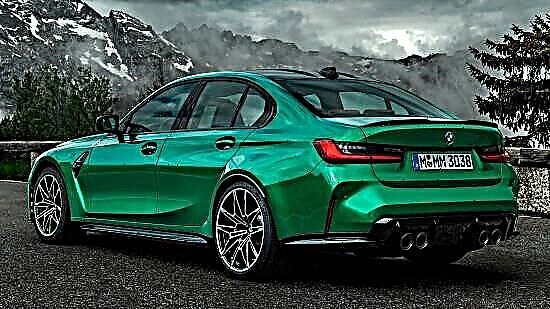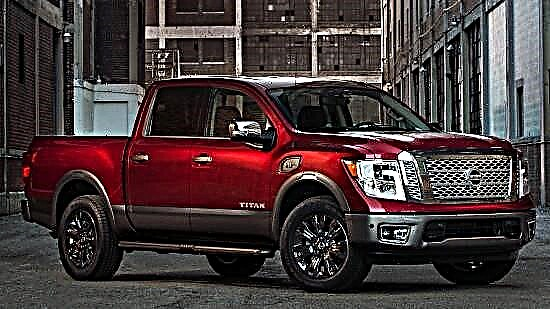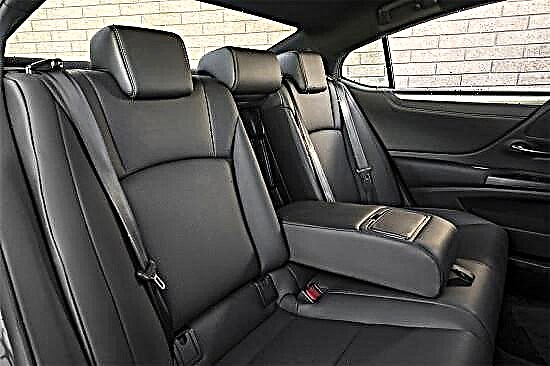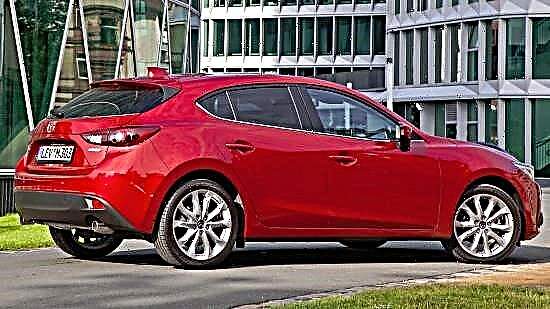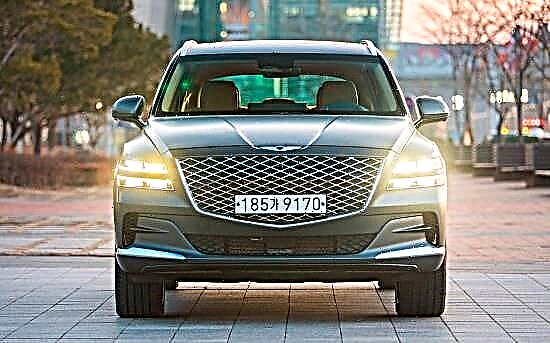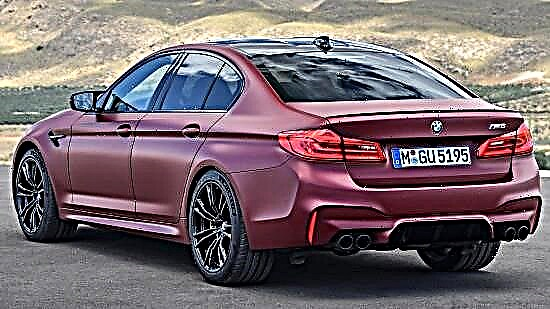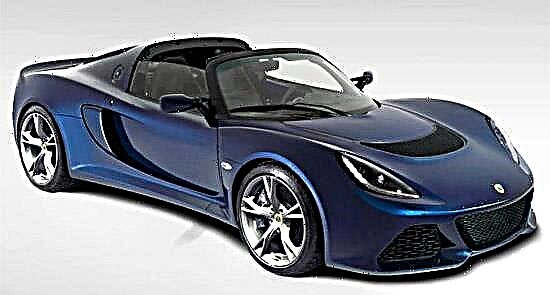The first cars of the Lotus Exige line were released in 2000, immediately impressing professionals and car enthusiasts with their bold design, great engine capabilities and a sporty spirit that permeates every detail of the car. This was followed by several restyling, which led to the appearance in 2006 of the Lotus Exige S model, which we will talk about today.
The Lotus Exige S is based on the main model produced by the British company Lotus. We are talking about the Lotus Elise roadster, which means that the Exige S sports car uses the same layout scheme for a light monocoque frame made of aluminum profiles glued with aviation glue, on top of which polyurethane body elements are attached. As a result, the developers manage to create the lightest sports cars in their class, which allows installing less powerful engines, but at the same time maintaining the speed characteristics of the car at the level of the main competitors.

The drag coefficient of the Lotus Exige S body is 0.43. This speaks of the agility of the car and its sporty spirit. Fast acceleration, breakneck speed, high maneuverability and incredible roadholding - this is a list of those qualities that first come to mind when you see a Lotus Exage coupe or roadster in front of you. And these qualities are confirmed by the original lines of the body, as if copied from the car of the future, flashed in the frames of some fantastic film.
The Lotus Exige S is graceful and beautiful, its contours will impress even the most discerning car enthusiast. The aggressive front end, crowned with teardrop-shaped, slightly pointed headlights and a massive bumper with a huge false grille, literally speaks of the car's desire to dominate the road, conquering it with its speed qualities and taming it with the formidable rumble of the exhaust pipe.
The smooth contours of the side lines harmoniously connect the front of the car with the rear, while managing to easily hide under the sills and fenders large air intakes designed for air cooling of the radiators. The short roofline blends seamlessly into a large glass rear lid that hides the powerful engine and ends with a tall spoiler lip on strips painted in a contrasting color.

At the rear, the Lotus Exige S sports car is decorated with stylish round lanterns, between which the "Lotus" lettering flaunts. In the lower part there is a powerful metal grille insert, in the center of which is mounted a twin exhaust pipe with oval-shaped chrome edges. As a result, the rear of the Exige looks as aggressive as the front, completing the image of a high-spirited sports car that any owner will be proud of, having plucked up the courage to get behind the wheel.
The length of the car is 4053 millimeters, its width is 1802 millimeters, the height of the Exige S is 1153 millimeters, and the wheelbase is 2370 millimeters long. The unladen weight (according to the DIN standard) of this sports car is 1,080 kilograms.

The interior of the Lotus Exige S sports car has almost completely retained the layout previously used in the Elise model, which means that it also adopted its shortcomings, primarily related to the small amount of free space, which makes the two-seater coupe a bit cramped. Landing due to high thresholds can also cause some inconvenience, especially for large drivers. The front panel of the car is made in a unique space style, all the components on it meet the high requirements of ergonomics, the center console is still missing, and the space between the seats is occupied by a massive gear knob and parking brake lever.
Speaking about technical characteristics, the English manufacturer equips its sports cars Lotus Exige S with powerful Japanese petrol engines 3.5 DOHC V6 VVT-i Supercharged, produced by Toyota. This type of racing turbocharged power unit has six cylinders with a V-arrangement and a total displacement of 3.5 liters (3 456 cm³). The engine is mounted at the rear of the vehicle and delivers a maximum power of 350 hp. with a torque reaching 400 Nm at 4500 rpm. These capabilities of the power unit are quite enough to accelerate the Lotus Exidge to a maximum speed of 274 km / h. At the same time, the dynamics of acceleration to the first hundred is simply impressive - only 3.8 seconds.
The fuel consumption of the Exige S sports car in urban operation is 14.5 liters per 100 kilometers. When driving out of town on a high-speed highway, the "gluttony" of the engine is reduced to 7.6 l / 100 km, and in a mixed driving mode, the average consumption is 10.1 liters for every hundred kilometers of the road. The volume of the gas tank is 40 liters; its replacement with a more capacious one is not provided.
A factory 6-speed manual gearbox is installed with the Japanese engine, which makes it possible to use the capabilities of the sports car one hundred percent. Installation of an automatic transmission for this model is not provided even as an additional option. It is also worth adding that the car is rear-wheel drive.
The suspension of the Lotus Exige S sports car is independent, with a stiffness adjustment function. Wishbones and double-acting hydraulic shock absorbers are installed at the front and rear. In addition, the front suspension is complemented by a transverse stabilizer, and the rear is equipped with a Torsen limited-slip differential and Lotus LTC traction control system for driving wheels. All wheels are equipped with ventilated disc brakes for maximum braking performance on any road surface. To eliminate the possibility of wheel spin during braking, Lotus Exige S are equipped with an ABS system.
In addition to the standard configuration of the Lotus Exige S sports car, the manufacturer also offers an “open-top coupe” on the Russian market - the Exige S Roadster, which is distinguished primarily by the presence of a factory soft roof, which is not only easy to remove / install, but also has a very light weight that facilitates all manipulations ... The Lotus Exige S Roadster is equipped with the same engine + gearbox pair as the base model, has the same sporty suspension settings, and differs only in slightly modified basic equipment.

The standard modification of the 2012 Lotus Exige S sports car is offered in Russia at a price of 4,075,000 rubles. The installation of additional equipment will allow the buyer to expand the capabilities of the car. Thus, the air conditioner will cost the car owner 87,000 rubles, the unique racing system Lotus DPM with four operating modes and a start stabilization system will cost another 145,000 rubles, and replacing the interior trim with a more attractive Premium Sport kit will force you to fork out for an additional 110,000 rubles. Official dealers have not yet announced the price for the modification of the Lotus Exige S Roadster, since deliveries of this car to Russia are expected only in the near future.


